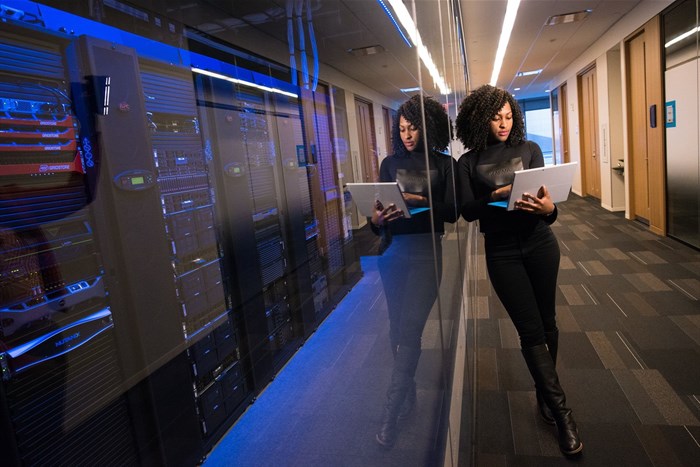






Throw the metaverse into the mix, and we are going to need a lot of data centres. And whilst there is still a lot of work to be done to fully leverage this new iteration of the internet, organisations and data centres providers must start planning for the future of data growth, sustainably.
The world’s data centres already represent 1% of the world’s electricity use estimates renowned publisher, Science, and although the industry has achieved incredible efficiency improvements over the past decade, it’s unclear if those gains can continue to offset data centre energy demands in the years to come.
Pair it with the high-capacity IT infrastructure needed to support the idea of the metaverse, and it’s clear that sustainable edge data centres are more crucial than ever.
Business leaders must prioritise sustainability as part of their data centre expansions; analysing and understanding the equipment and infrastructure currently in place and implementing frameworks to measure its environmental impact.
The time is now to start investing in technologies that are energy efficient and resilient. In a country which continues to face daily energy provision supply challenges, it’s important to standardise metrics that will in turn help with adoption, improved benchmarking, and sustainability within the industry.
Recent conversations with industry leaders, especially in the hyperscale and colocation markets, inspired Schneider Electric to develop a standard that will allow for sustainable data centres. This culminated in a white paper, Guide to Environmental Sustainability Metrics for Data Centers, that lays out a set of 23 key metrics.
These 23 metrics are sorted into five categories spanning the full spectrum of environmental sustainability, and they’re ranked across three levels of achievement: Beginning, Advanced, and Leading
The list of 23 metrics combines the basics, such as total energy consumption and PUE, with more sophisticated measurements, such as hour-by-hour supply and consumption matching and mean species abundance for biodiversity
Whilst the five categories go into considerable detail, the Beginning, Advanced and Leading levels of achievement can be simplified as follow:
Starting the journey:
Deliver significant individual impact:
Organisations and data centre designers and operators are in the ideal position to make a significant difference due to its high-energy intensity, rapid growth, large power consumption and water usage that in turn require specialised metrics. It is an industry that can truly lead by example.